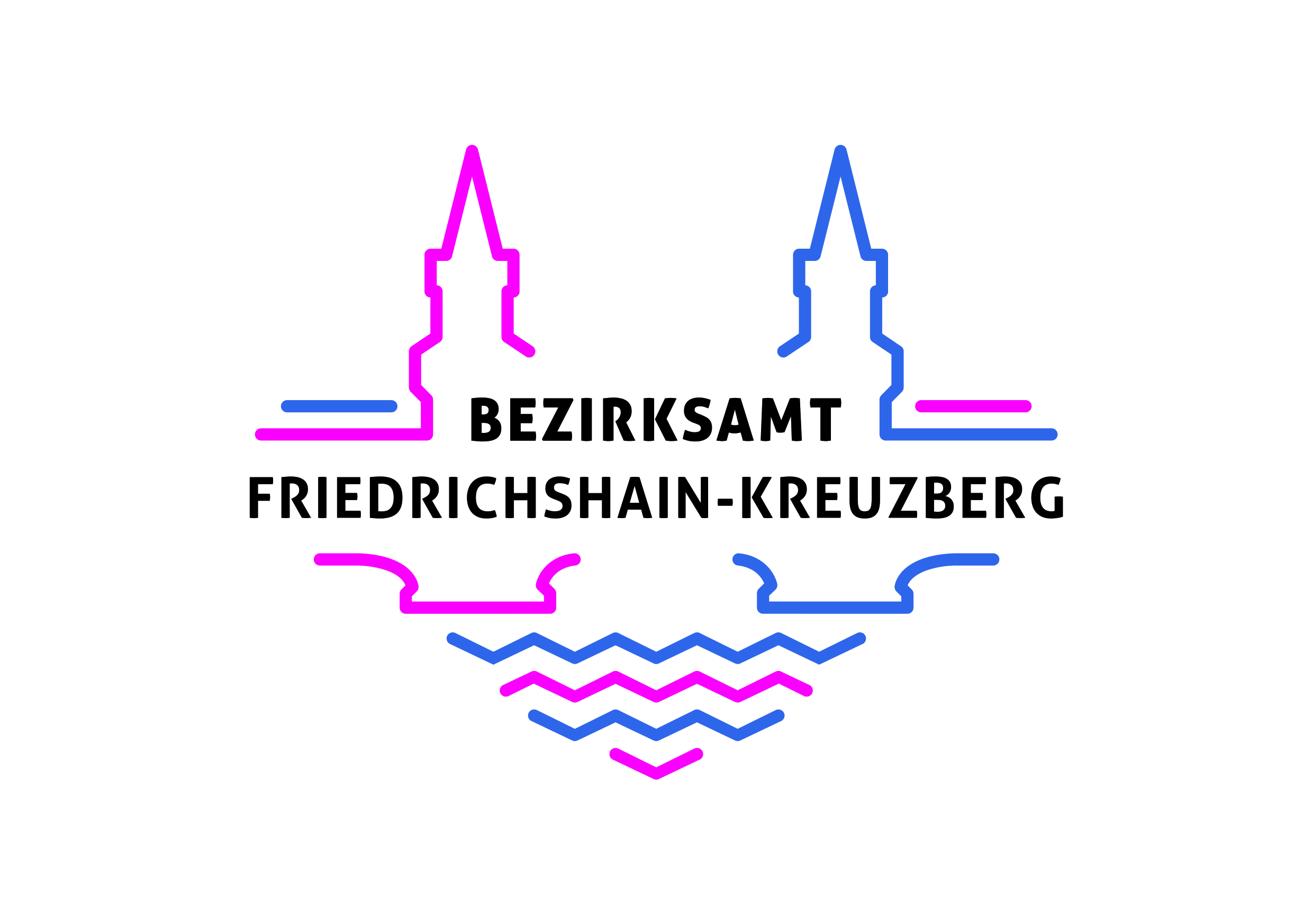A project by Michał Leszuk in curatorial collaboration with Sylvia Sadzinski and contributions by: Kajsa Dahlberg, Samuel Haitz, Céline Mathieu, Dana Lorenz, Johannes Porsch & Robin Waart
Exhibition opening 28th of February, 6 pm
The book, as we know it, is a paradoxical object—at once finished and unfinished, open yet closed. In the second iteration of (un)critical proximity (the pleasure of the text), the book undergoes a radical transformation: no longer a mere vessel of words, it becomes an event, a site of encounter, an unfolding. To queer the book is to interrogate its boundaries—to liberate it from the tyranny of completion, the myth of singular authorship, and the violence of linearity. It is to situate the book in the realm of the fluid, the porous, and the participatory.
Here, a book is not simply read but inhabited; it is touched, written upon, altered. Annotations spill across its pages like whispers of previous readers, new texts weave themselves into the old, and drawings emerge from the margins. The book becomes promiscuous, an archive of pleasures and provocations, refusing to settle into a fixed identity. Margins transform into spaces of murmured dialogue, while the Xerox machine—an accomplice in the act of reproduction—carries traces of bodies and gestures. This is not sterile duplication but a defiant queering: a gesture reminiscent of the radical photocopying practices of the HIV/AIDS era in the 1980s and 1990s, where text became a weapon against silence, and multiplicity embodied resistance. To copy is to insist on survival, to multiply what refuses to be erased.
Language no longer clings to a rigid structure but becomes a field of play, slippery and unstable. Signs break open, bleed into one another, revealing their seams, their fractures, and their histories. Contributing artists proposed texts and images, photocopied and glued to the walls—not as fixed artifacts but as fragments in dialogue. Their juxtaposition and layering generate new resonances, transforming each page into an invitation to read not only between the lines but across them, to follow meaning as it drifts and splinters.
The library, in this reimagining, becomes a rhizome—a queer topology where texts and readers intermingle promiscuously. To wander through it is to abandon the illusion of order and embrace the chaos of intertextuality. Deleuze and Guattari remind us that the rhizome has no center, no hierarchy; it is all movement, all connection. In this library, titles dissolve into one another, ideas spiral outward in unexpected directions, and reading unbinds itself from the root structure of comprehension. Instead, it becomes a dérive—a drift, a joyful surrender to the multiplicity of meaning.
This is not merely a library of books, but a library of potentialities—of what the book can become when it is no longer contained. Visitors are invited to engage in this process of transformation: to interact with the books, reproduce text fragments, change or rearrange them, highlight passages, or inscribe their own words. Through these interventions, what has been is rewritten, fractured, and recombined—activating new readings, forging new proximities, and opening new futures within the text. In the end, this is not a project about books, but about the ways we inhabit language and, through it, each other—a celebration of proximity, intimacy, and the pleasure of being undone by the text and by the other.
Supported by Projektfonds Kulturförderung Friedrichshain-Kreuzberg and the Federal Ministry Republic of Austria for Art, Culture, Civil Service and Sport (BMKÖS).
Images by dotgain.info/


- People Kajsa Dahlberg, Samuel Haitz, Céline Mathieu, Dana Lorenz, Johannes Porsch, Robin Waart, Michał Leszuk, Sylvia Sadzinski























